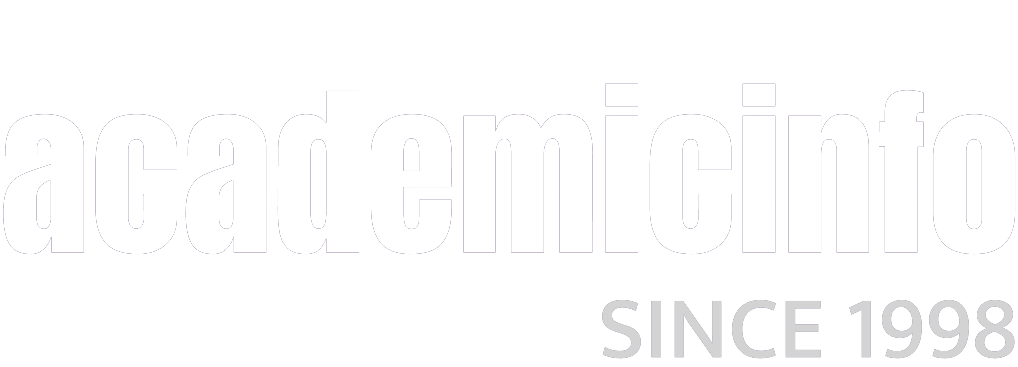Eight Degrees That Combines Both Art and Science
Published on: November 05, 2024
Often, when students have to choose a degree, it comes down to selecting something that appeals to their artistic side or something more aligned with the fields of science, technology, engineering, and math. However, many students love both art and science, which can make this a difficult choice. Fortunately, there are plenty of interdisciplinary degree programs that can help students embrace both sides of their interests without having to compromise. These degrees bridge the gap between art and science and can lead to career paths where both imagination and logic are used on a daily basis.
Architecture
Architecture is one of the oldest and most common degrees that fuses art and science. In addition to the structural principles, engineering, and material science required for designing buildings, architecture students also learn how to create visually appealing structures. Building designs not only have to be safe and sustainable, but aesthetics also play an essential role in the process. This makes for an interesting fusion of technical knowledge and artistic design skills.
Environmental Design
Environmental design is similar to architecture but emphasizes broader concepts instead of focusing primarily on buildings' structural and aesthetic aspects. These include urban planning, landscape design, and landscapes that promote environmental sustainability and reduced carbon footprints. An environmental design degree covers topics like energy-efficient building techniques, renewable energy, urban planning, and sustainable materials. The goal is for environmental designers to blend human-made structures with natural landscapes in a way that is not only functional but harmonious.
Digital Media & Animation
Digital media and animation combine technology with art and are used in film, video games, and educational settings. Over the years, the creative part of this industry has seen many sophisticated technological elements introduced, such as the use of physics for more realistic animation and even artificial intelligence to streamline the process. Students can use their artistic skills while mastering digital tools, software, and programming to bring their ideas to life. Whether used for creating engaging entertainment or communicating scientific concepts in an understandable manner, digital media and animation is a great blend of artistry and technology.
Product Design
Product design is another field where art and science intersect. While studying product design, students learn how to create everyday items that are both functional and aesthetically pleasing. The market is highly competitive, so designing something unique and easy to use is vital. Product design degrees typically include courses in design theory, engineering, materials science, and industrial processes. Students need to understand the materials, mechanics, and manufacturing techniques involved in bringing their designs to the market. This makes it ideal for students who want to work in a career field that spans both industrial engineering and aesthetic design.
Data Visualization
Data visualization is a field that combines data science with visual communication to turn complex data sets into easy-to-understand visuals. This makes highlighting any patterns, trends, and insights in the data easier. Students who complete this degree typically find employment in finance, healthcare, or tech industries, where data is valuable, especially when clearly presented. To be successful in data visualization, students must understand data science, programming, and statistical analysis. However, creativity is also important as students learn design principles to turn complex information into appealing visuals.
Art Conservation
Art conservation might sound like an unlikely career for blending creativity and STEM, but it requires unique skills. In addition to typically being competent artists, art conservators also need a deep understanding of scientific topics such as chemistry, physics, and more. This enables them to preserve art pieces from harm or to repair art that has already been severely damaged by things like tears, burns, and exposure.
Sound Engineering
Sound engineering involves many technical elements but also requires someone with creative talents to bring them all together. Sound engineers work in the music, film, video game, and digital media industries, where they blend artistic expression with cutting-edge technology to deliver impactful audio experiences. Sound engineering degree programs cover topics such as acoustics, audio signal processing, sound mixing, and music theory while teaching students how to use digital tools and specialized software.
Game Design
The rise of the video game industry has opened many career opportunities for people who want to blend artistic creativity with cutting-edge technology. Game design degrees cover a variety of topics ranging from digital art and 3D modeling to character animation, coding, and even physics simulations. Working as a game designer enables students to play a vital role in creating immersive worlds and interactive experiences for players to enjoy. Completing a game design degree can prepare students to work in the industry, whether as part of a major studio or doing their own thing as an indie games developer. Some also choose to specialize in virtual reality, where they can blend scientific principles with artistic vision. This is not only restricted to gaming and entertainment but also has applications in healthcare and architecture, to name a few.
Conclusion
The degrees mentioned above are just a few of the options available to students interested in studying for careers where the lines between art and science are frequently blurred. For students with the right skills, the ability to explore both the artistic and technical sides of their personalities makes degrees very fulfilling.
